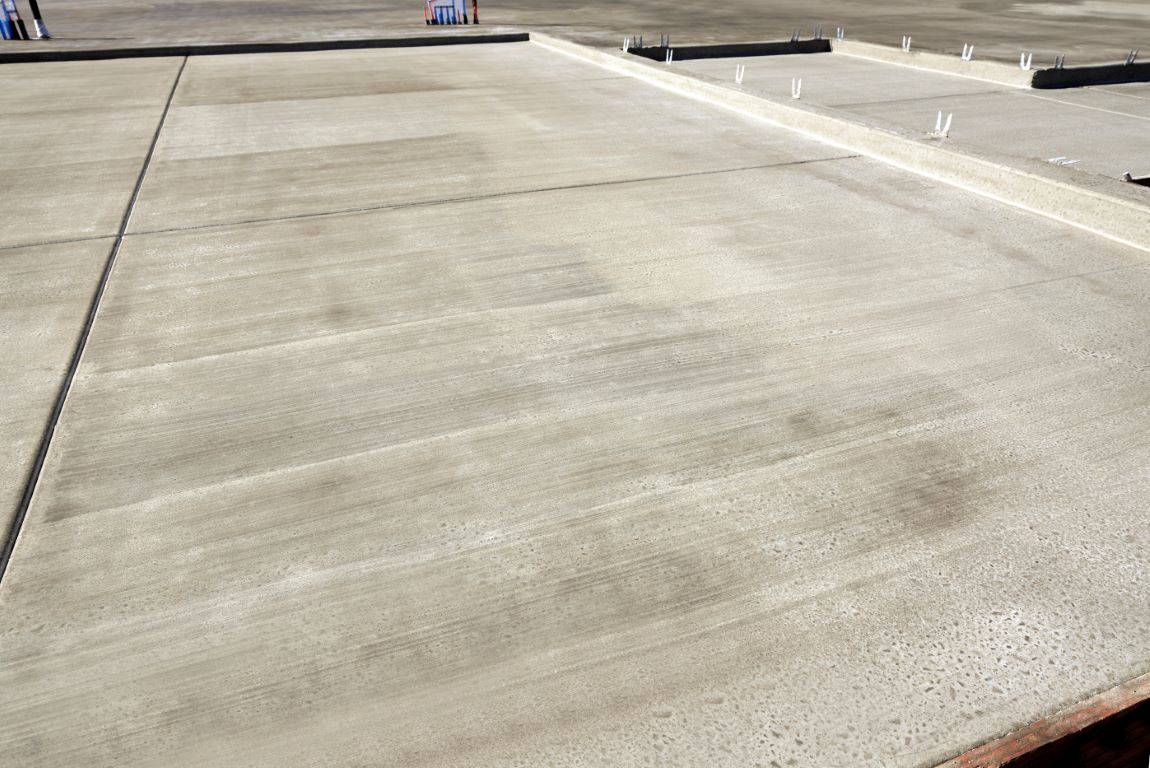Concrete Slabs
Concrete Contractor
Garages are important structures for many homeowners, providing storage space, shelter for vehicles, and even additional living or workspace. Before you start planning your dream garage, it’s crucial to understand the importance of its foundation. A strong foundation ensures the stability and longevity of your garage, protecting your investment for years to come.
Purpose of a Foundation
The foundation of a garage serves as the base on which the entire structure rests. Its primary functions include distributing the weight of the garage evenly to the ground, preventing settling or shifting, and protecting against external forces such as wind, rain, and seismic activity. A well-designed foundation provides stability and durability, both of which are crucial for the safety and integrity of the garage.
Types of Garage Foundations
There are several types of foundations commonly used for garages: concrete slab, concrete pier and frost protected shallow foundation. Choosing the right one can depend on several different factors including soil conditions, budget considerations, and construction preferences.
Concrete Slab: A concrete slab foundation is a popular choice for garages due to its ease of application and cost-effectiveness. It involves pouring a single layer of concrete directly onto a prepared ground surface. While suitable for stable soil conditions, proper site preparation and reinforcement are essential to prevent cracking and settling.
Concrete Pier: This foundation type consists of concrete piers or columns strategically placed to support the weight of the garage. Piers are often used in regions with expansive soils or high water tables, where traditional slab foundations may be prone to shifting. They provide excellent stability and elevation, protecting the structure from moisture and flooding. Concrete piers are ideal for lake homes, beach homes or homes in a low lying area.
Frost-Protected Shallow Foundation (FPSF): FPSF is ideal for colder climates where frost heave poses a risk to traditional foundations. FPSF involves insulating the foundation to prevent frost from penetrating the ground and causing uplift. While slightly more complex than standard slabs, FPSF offers a high resistance to frost damage and is increasingly popular in northern regions.
Construction Process for Garage Foundations
Building a garage foundation requires planning, site preparation, and the right construction techniques to ensure a solid and level base. The typical process at Stoltzfus & Sons involves the following steps:
Site Excavation: Clearing the construction site of debris, vegetation, and topsoil to expose the underlying soil layer. Excavation depth and dimensions depend on the foundation type you choose and your local building codes.
Soil Compaction: Compacting the excavated soil to the correct thickness and stability. Proper compaction minimizes settlement and ensures even support for the foundation.
Formwork Installation: Constructing temporary formwork or molds to define the shape and dimensions of the foundation. Formwork holds the concrete in place during pouring and curing, allowing for exact construction.
Reinforcement Placement: Installing steel reinforcement, such as rebar or wire mesh, within the formwork is necessary to provide the structural strength and durability of the foundation. Reinforcement helps prevent cracking and improves load-bearing capacity.
Concrete Pouring: Pouring the concrete mixture into the prepared formwork, providing thorough coverage and consolidation. Proper concrete placement and finishing techniques are important to creating a smooth, level surface free of defects.
Curing and Protection: After your concrete has been poured, it’s imperative to allow the concrete to cure and harden properly before removing the formwork or subjecting it to heavy loads. Curing time varies depending on factors such as temperature, humidity, and concrete mix design. Additionally, protecting the foundation from moisture, temperature extremes, and chemical exposure is essential for long-term performance.
Maintenance and Repair
Once the garage foundation is in place and cured, regular maintenance and periodic inspections are necessary to identify and address any issues promptly. Common maintenance tasks include:
Maintaining Drainage: Providing proper surface drainage away from the foundation is so important to maintaining your garage foundation. This will help to prevent water accumulation and potential moisture-related problems. Installing gutters, downspouts, and French drains can help alleviate water issues around the garage.
Sealing and Waterproofing: Applying sealants or waterproofing coatings to the foundation’s surface will ensure extra protection against moisture intrusion and prolong its lifespan. Sealants should be reapplied as needed to maintain effectiveness.
Why Choose Us?
At Stoltzfus and Sons, we know the importance of a sturdy foundation is the backbone of any garage structure, providing stability, support, and protection against environmental factors. We understand the different types of foundations, construction processes, and maintenance requirements, needed to ensure the longevity and durability of your garage for years to come. Whether you’re building a new garage or renovating an existing one, investing in a solid foundation is essential for peace of mind and structural integrity. Our team of professionals are here to make your new foundation an easy, efficient one stop-shop experience!


